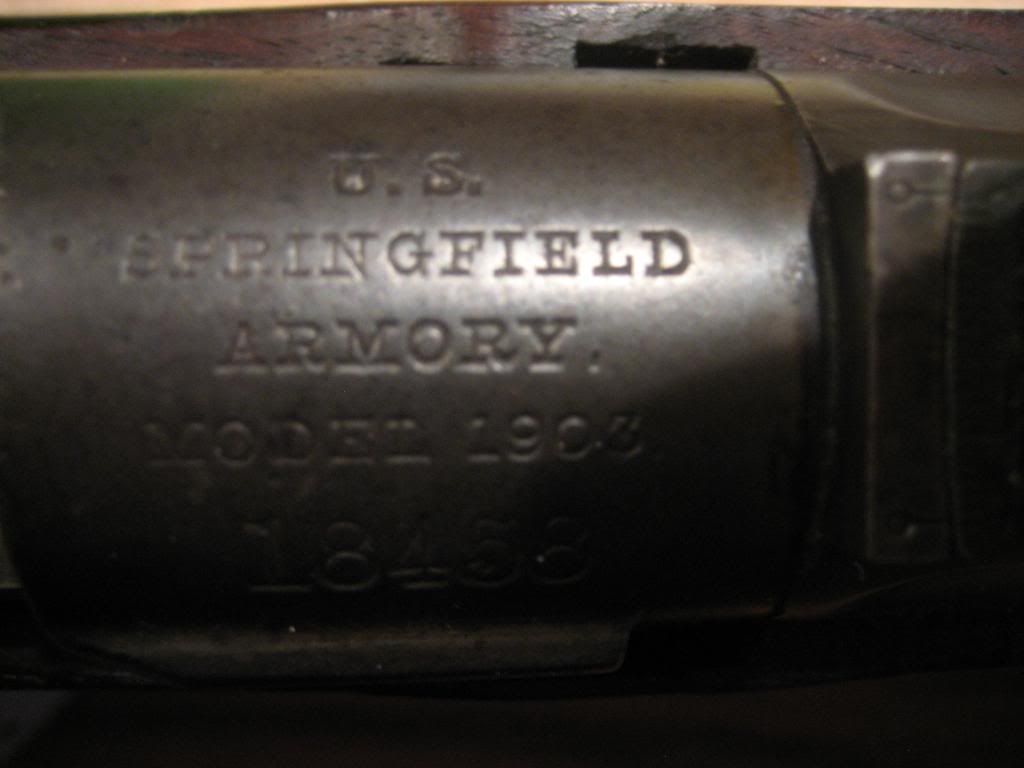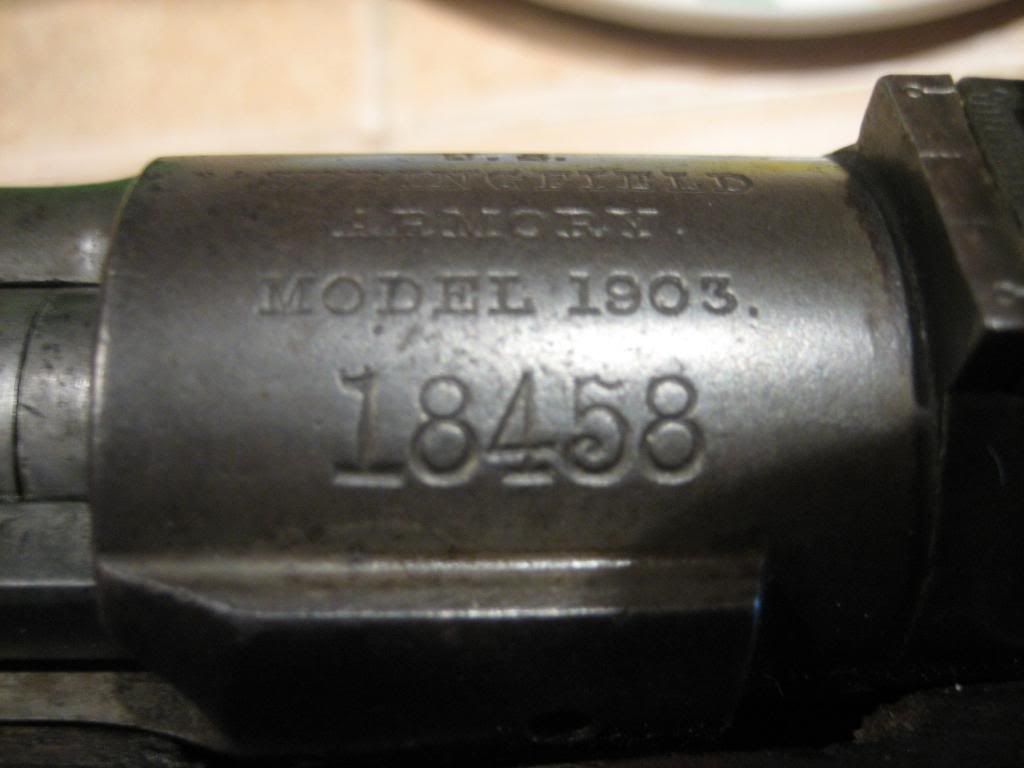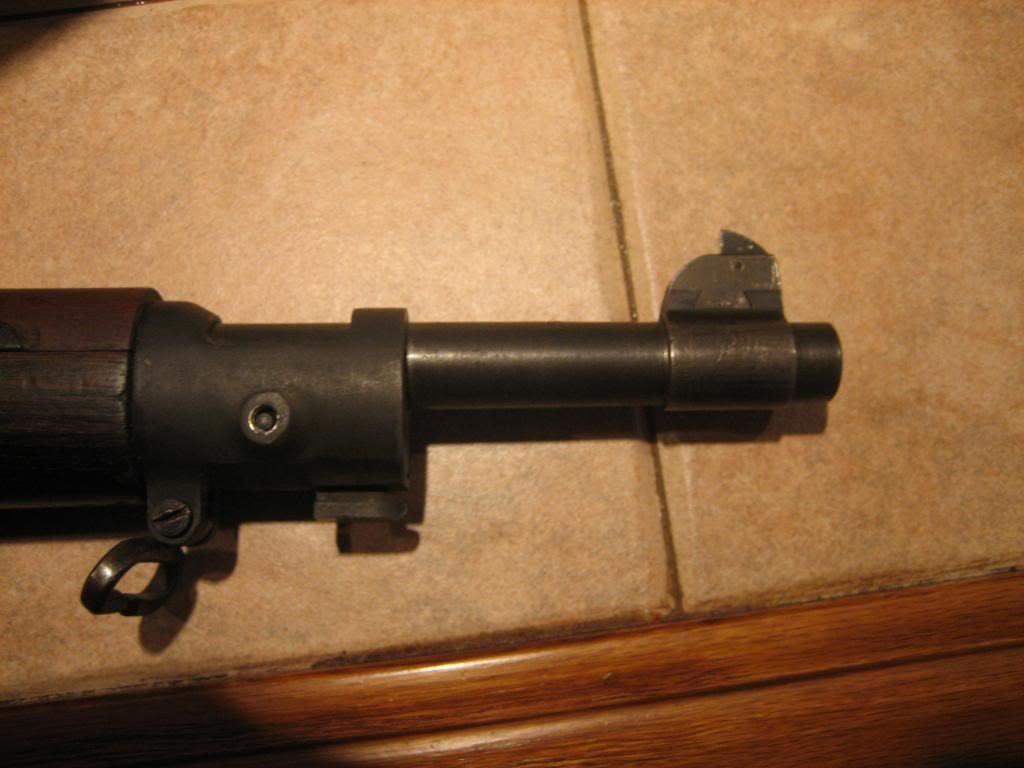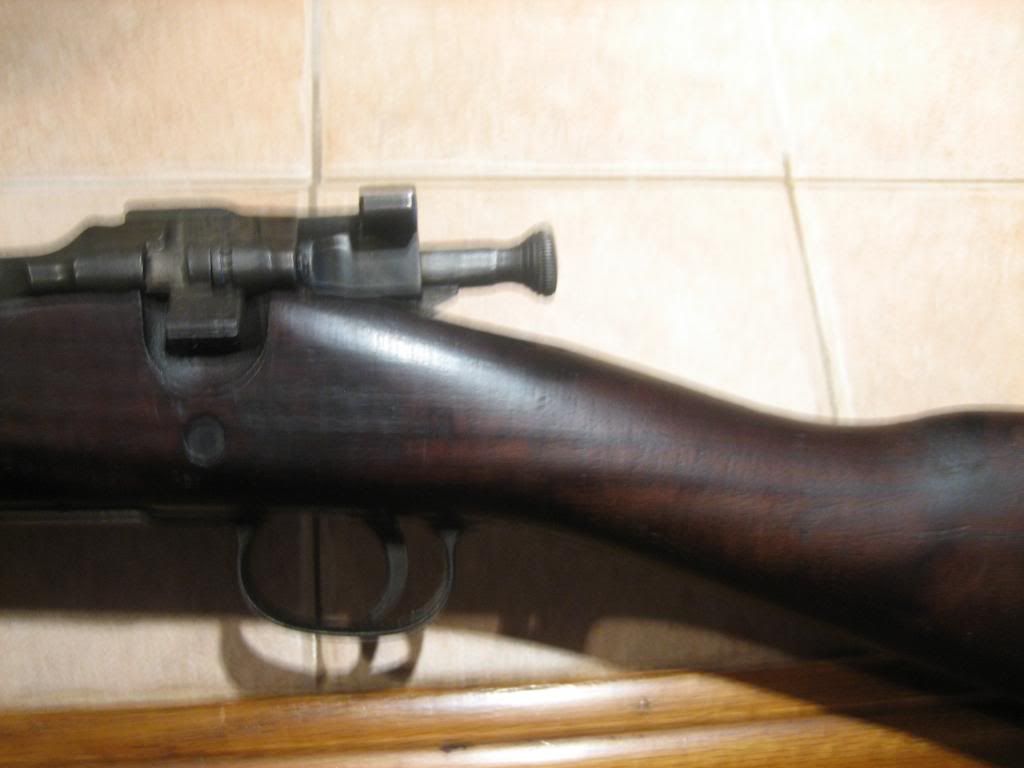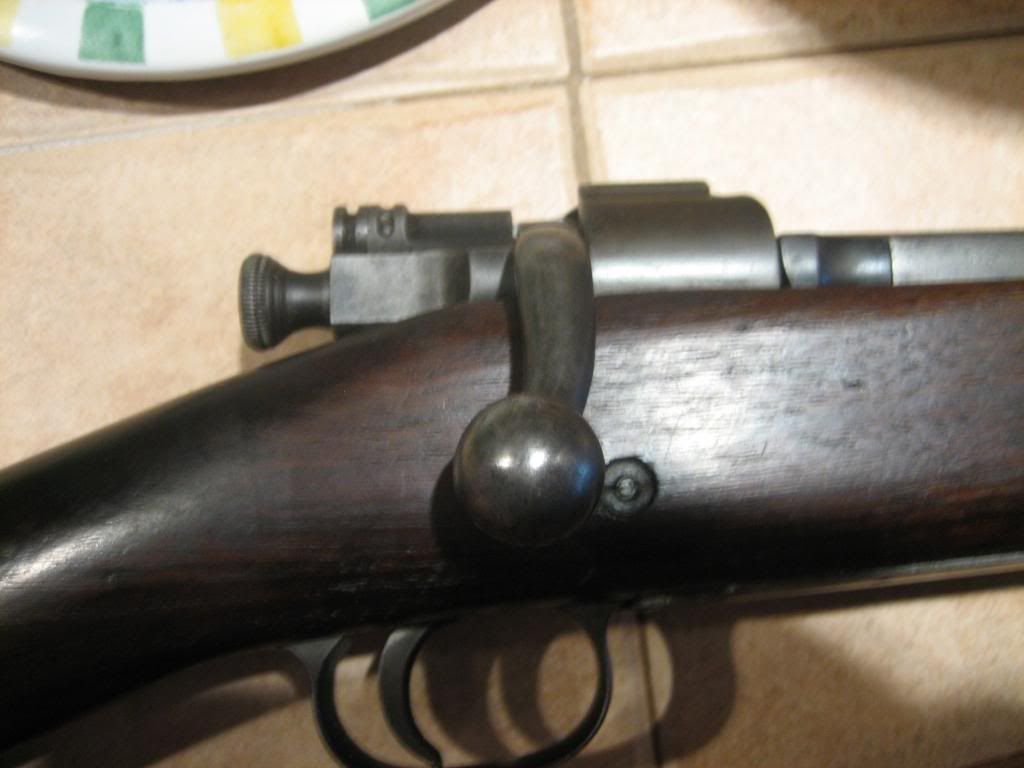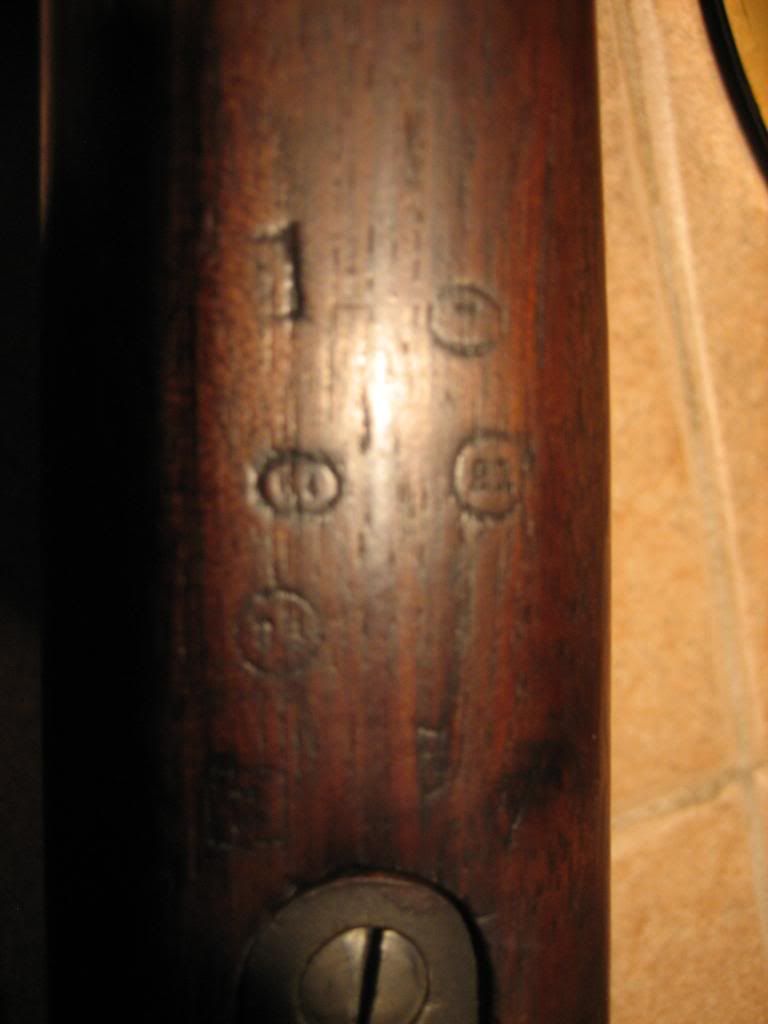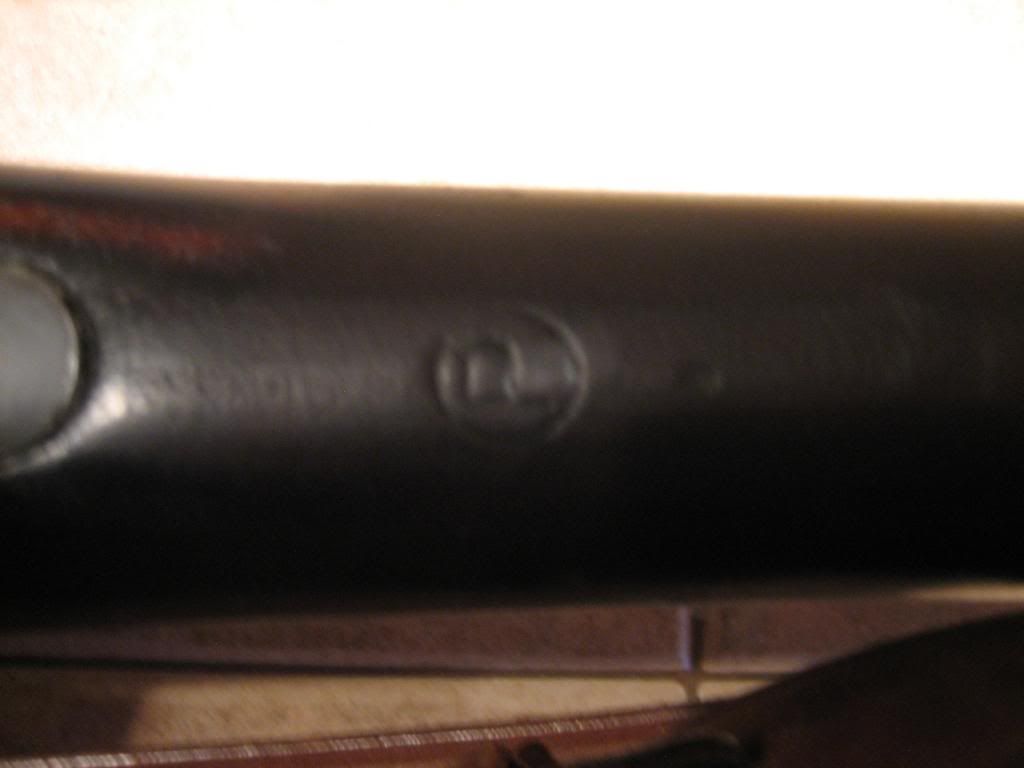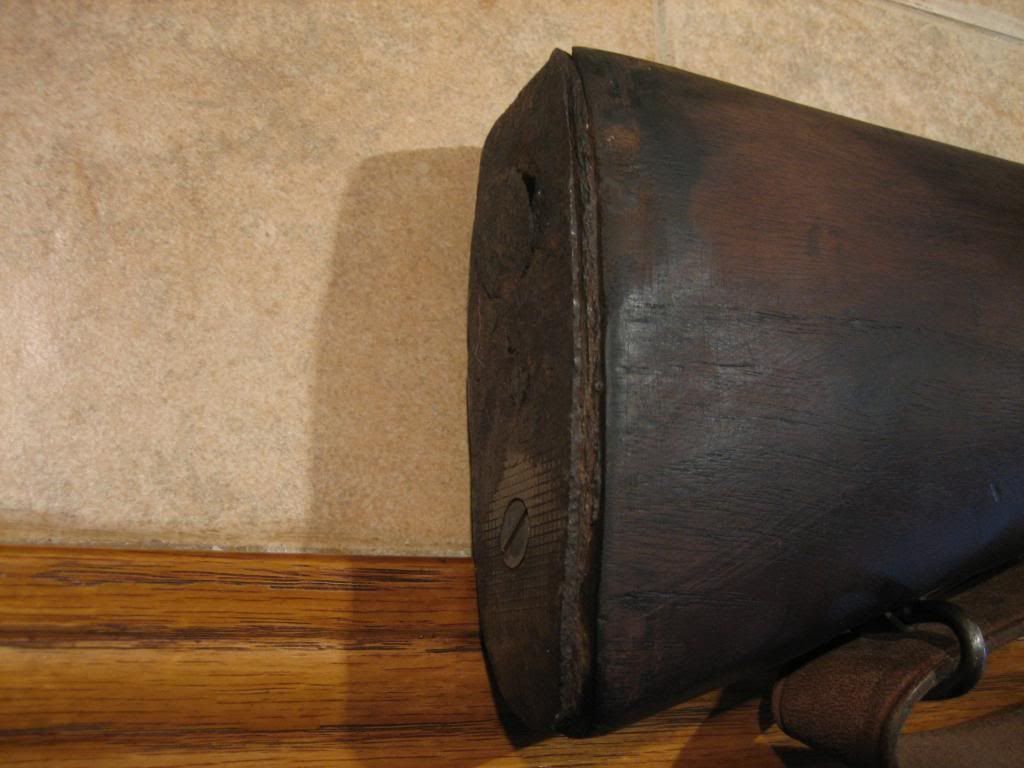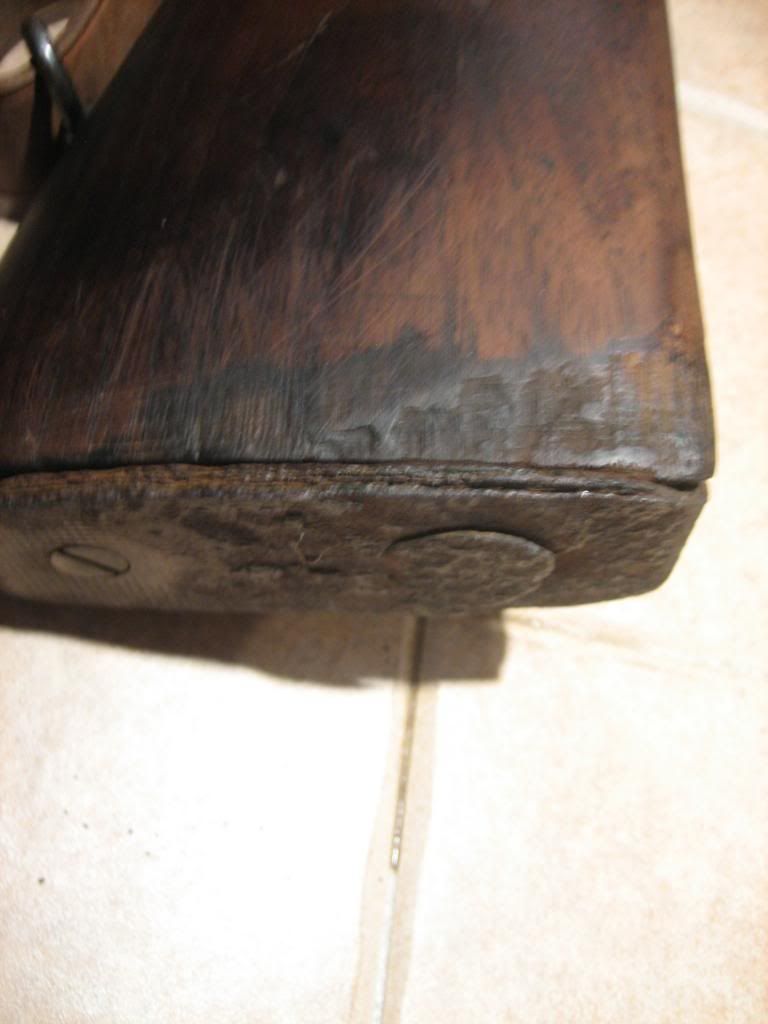Cheapshooter
New member
I have an opportunity to acquire a 1903 Springfield, Marked Springfield with serial number 18,4xx. Would this low of a serial numbered gun be safe as a shooter, or were all the guns made at Springfield under 750,000 subject to poor heat treating?
The gun is all original, and looks to be in excellent condition except for a very rusted butt plate, and a little water damage marks on the first couple inches of the buttstock. I was told it was inadvertently left sitting in 2" of water somehow,
I'll try to get some pics us ASAP, but for now, any idea of it's worth and shootability.
The gun is all original, and looks to be in excellent condition except for a very rusted butt plate, and a little water damage marks on the first couple inches of the buttstock. I was told it was inadvertently left sitting in 2" of water somehow,
I'll try to get some pics us ASAP, but for now, any idea of it's worth and shootability.



